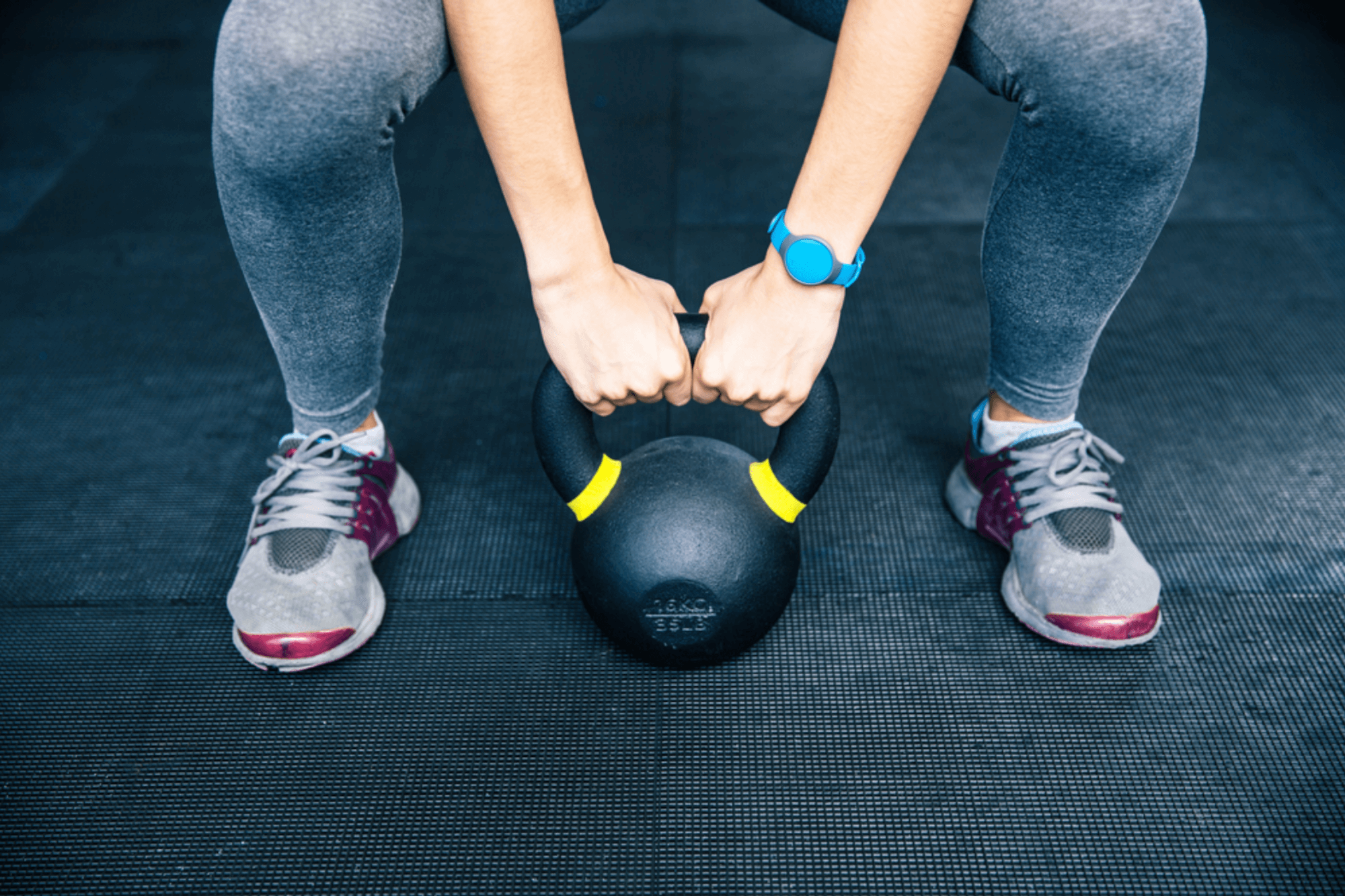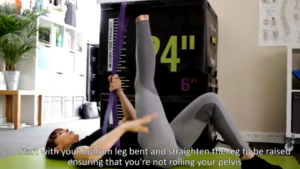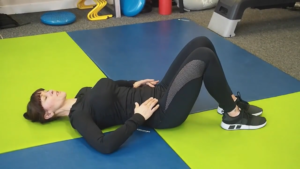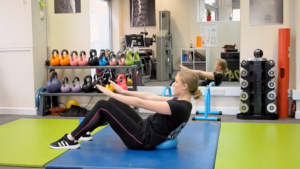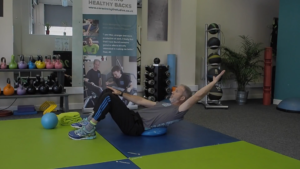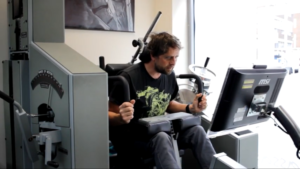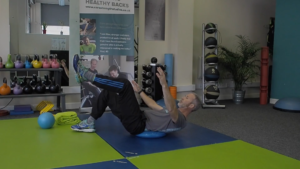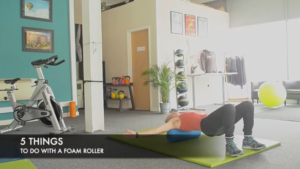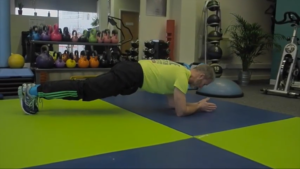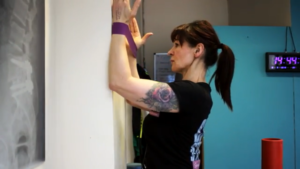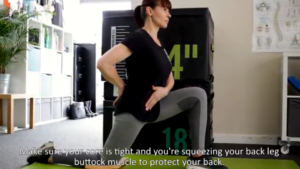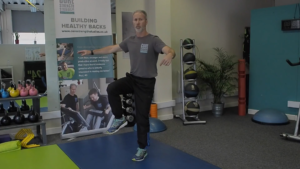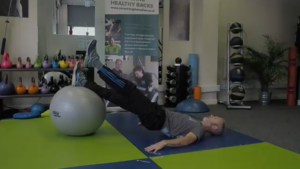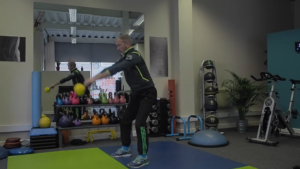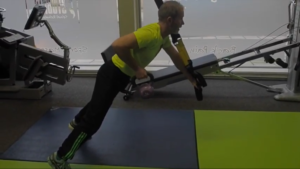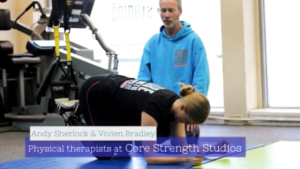We all know by now that strength training is good, right? It’s great for boosting metabolism, maintaining a strong core and increasing bone density, amongst a vast multitude of other benefits.
We will always be strong advocates of weight training for these reasons but we do get some people coming through our door who started with all the right intentions and ended up doing more harm than good though lifting weights.
Here’s our short guide to reasons why your weights sessions could be damaging your back health. Avoid these the next time you hit the gym to make sure you’re getting the best from your workout and not compromising your back in the process.
1. You’re not paying attention to form
Mirrors at the gym can be a massive distraction – who wants to see themselves sweaty and breathless, right? – but the reason they are there goes beyond vanity.
Use the mirrors to check your technique throughout the exercise, paying particular attention to your back; not over-arching and maintaining the neutral ‘s’ shape of your spine.
2. You’re not engaging your core
Particularly important if you’re doing free weights, you need to activate and engage your core muscles as you lift to protect your spine and avoid back pain, as well as to maintain good form.
By engaging the core, you create intra-abdominal pressure in your trunk, which acts as an internal cushion, decreasing the compressive load on the discs and creating tension throughout the body in preparation for lifting.
The core links the upper and lower body and only through a tight core can you redistribute power generated in the lower body along the kinetic chain.
Insufficient intra-abdominal pressure can be the reason why the lower back gets rounded at the bottom of a deep squat. This pressure will also dictate how deep you can go in a leg-press, and how stable the low back is in a deadlift.
3. You’re ignoring pain
It’s easy to ignore niggles when you’re warmed up and in the zone, thinking it’s normal, or to take painkillers if you have an injury and ‘train through it’ but pain is a warning sign that we mustn’t ever ignore.
It’s our body’s way of telling us that something’s up, so listen, take a break and come back stronger when you’re fully recovered.
4. You only train the fun bits
It’s so common to only want to train the parts of your body which are on show, or which respond best to training.
An imbalance of strength can lead to poor posture and leave you vulnerable to injury. Train your body as a whole unit, making time to include every muscle group (especially the core which is often forgotten) and you’ll reap the rewards with a strong, balanced body.
5. You’re going too heavy
If you go too heavy without the strength to handle it, your form will suffer. Choose a weight which challenges you, but one at which you can also maintain a full range of movement without using momentum to follow it through.
To learn more about how to stay strong so you can keep training without having to worry about your back, visit us for a complimentary consultation.
You’ll learn how to activate and engage your core, receive a full assessment of your back and posture, and get advice on how to stay strong and reduce back pain long-term.
For more information and to register, click here.
featured

5 Reasons Why You Should Lift Weights
I have had a few conversations recently with clients about the importance of resistance training. It often gets overlooked in favour of it’s sweatier counterpart, cardio, as that’s what we were always told to do to lose weight, right? In fact, you could be missing a trick by walking past the weights section as it ...
Reading Time: 2 minutes >
Mistakes People Make When Lifting Weights
We all know by now that strength training is good, right? It’s great for boosting metabolism, maintaining a strong core and increasing bone density, amongst many other reasons. We do, however, get some people coming through our door who started with all the right intentions but ended up doing more harm than good though lifting ...
Reading Time: 2 minutes >
5 Ways to Relieve Back Pain
2 years ago, I did my back in. Ironic, right, given that I co-own a studio where we help people reduce back pain? It happened because my core weakened after having babies and I stopped doing enough strength work to protect myself over a very busy few months in my life. In my case, I ...
Reading Time: 2 minutes >
